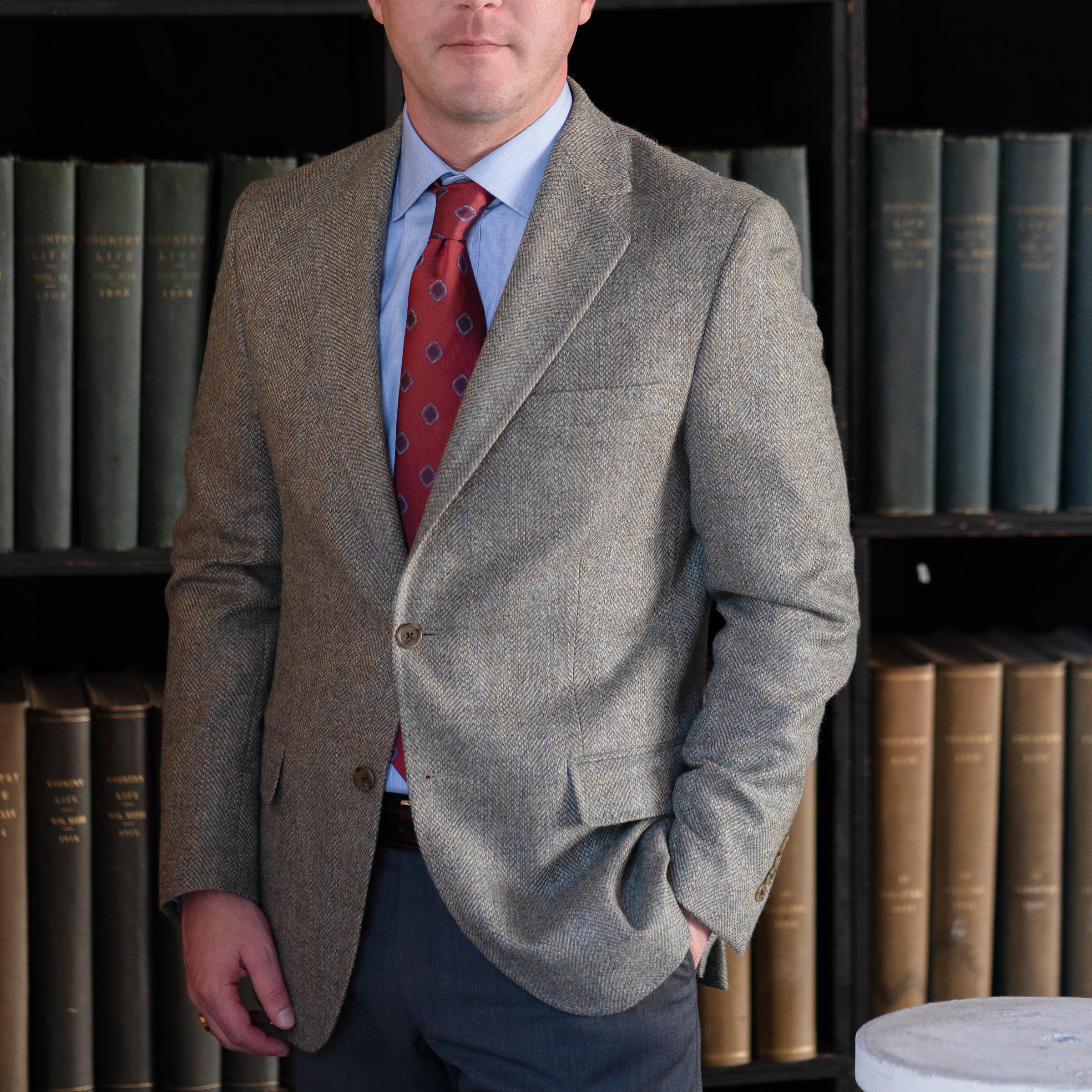In climates where rain is common, people have tried many methods to stay dry through the centuries. Traditional rain capes were made of tightly-woven grass and reeds, and are documented at least as far back as 1000AD in China. In South America, where rubber plants originated, native Amazonians used rubber extracts to waterproof their shoes and clothing. In Europe and Asia, water-repelling wool cloaks or tightly-woven fabrics treated with oil helped keep people dry, and by the 18th Century these ideas were being combined to create the precursors to the modern raincoat.
In the 18th Century, coats were produced that had been treated with unprocessed rubber in imitation of South American peoples. These were not the most practical garments, however, as the rubber was sticky, pungent, and stiffened significantly in cold weather. In 1830, Charles Mackintosh and Thomas Hancock partnered to create the first modern raincoat. Using McIntosh’s idea to sandwich the rubber between two layers of cloth, Hancock experimented with methods of treating the rubber to make it more resilient and less smelly, resulting in the rubberised Mackintosh raincoat.
The Mackintosh did have some downsides: it was waterproof, but that also meant that it did not breathe and the wearer could end up sweaty and overheated, especially if they exerted themself. During the 19th Century, tightly-woven wool or cotton gabardine became a tough, lightweight alternative to rubberised material for outdoor clothing. By the start of the 20th Century, gabardine clothing and outerwear were almost universally used by soldiers, hunters, and explorers, who appreciated the combination of water-resistance and breathability.


